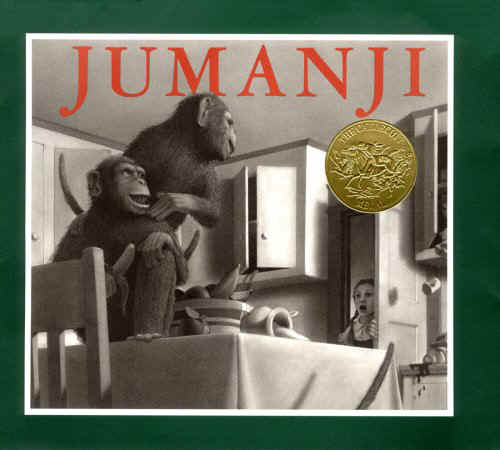SLMS Interview
Interviewee: Kelly Fischer, Library Media
Specialist at Dixie Magnet Elementary
o How
can the library help me to be a better teacher? The library is full of resources that many
teachers unfortunately aren't always aware of. The professional
development section is full of resources for different units, and others are
available for purchase at your request! The library is no longer just a
place for books! Books are just the beginning of an inquiry based project.
o How
can you help me teach?
The sky is the limit. I'm excited that we will be moving to a flexible
schedule this year. I am at your disposal. I would love to plan
with you, to look at your goals and see how we can work together to plan,
design, teach and assess any lesson!!!
o What resources
can I use in my units this yearWe have over 10,000 books in print and a lab
of 30 computers at your disposal! I can create, or help you create Webquests
or other engaging models for your students.
o What
book sets would you recommend that I use this year? I recommend Literature Circles. Students
need to be placed in homogeneous groups and choose high interest and
appropriate literature to read and discuss. We have over 50 sets of 8-10
books in the AV room. I can resend a list including the summary, Lexile
level, and quantities to you. I also recommend you look through the
electronic ebooks to be used on the ipads/ipods. I can also order
anything you need, if it meets our curriculum standards and budget.
o What
kinds of collaboration do you suggest we could do this year? Let's begin with the Big3 or Big6 skills.
I would love to start the students off from day 1. We can take any
broad topic or narrow skill and begin implementing the inquiry based model.
o Talk
to me about the policies and procedures of the library. Is there a
manual? What do you do when a parent/teacher/principal challenges a
book? Is there a form or a policy to follow? There is a manual and it is adopted by our
district, as well as our school. I can send you a link as it's quite
lengthy. It discusses our selection policy and how I handle the process
of selecting high interest and relevant, curriculum supportive materials.
If a book is challenged, I ask (in accordance with the policy) that the
concerned party completes the consideration form. It asks them to read
the entire work and comment on specifics as to why there is a concern. The book
stays in circulation, although I would recommend a different book for the
child. A committee, comprised of the LMS, the principal, two teachers and
a parent is assembled. They would have the opportunity to read the book as
well, and weigh the value of the book against the concern. I would present
research about the book using my approved selection materials such as Kirkus
Review, Horn Book, School Library Journal, etc. The policy and process is
also lengthy. Policies and procedures are important from checking out
certain numbers of books, to length, to when students may come.
o What
electronic resources do we have? Are there any that students can check
out? This coming year,
students will have new access to Pebble Go Databases and Brain Hive
ebooks. They will have continued access to KYVL and the many databases
through it such as Grolier, Searchasaurus and more! Tumblebooks is also a
resource.
o How
can you help my students when they come in for independent research? I am hoping our schedule continues to
allow me to work with students using the Big6 inquiry method. I've worked
hard over the past few years to do this with 4th and 5th grade, and hope
through collaboration to begin even in K this year. It's my main goal to
teach students to be critical and ethical users of information. I want
them to know a variety of reliable resources to use in their search, including
both print and non-print. I also want them to evaluate multiple resources
for the reliability and relevance. It doesn't stop at the research. Once
finding the information they need to know what to do with it, how to organize
and create a finished product of communication with an intended audience.
Sometimes its through a written report, other times it may include technology
such as a podcast or online tool.

